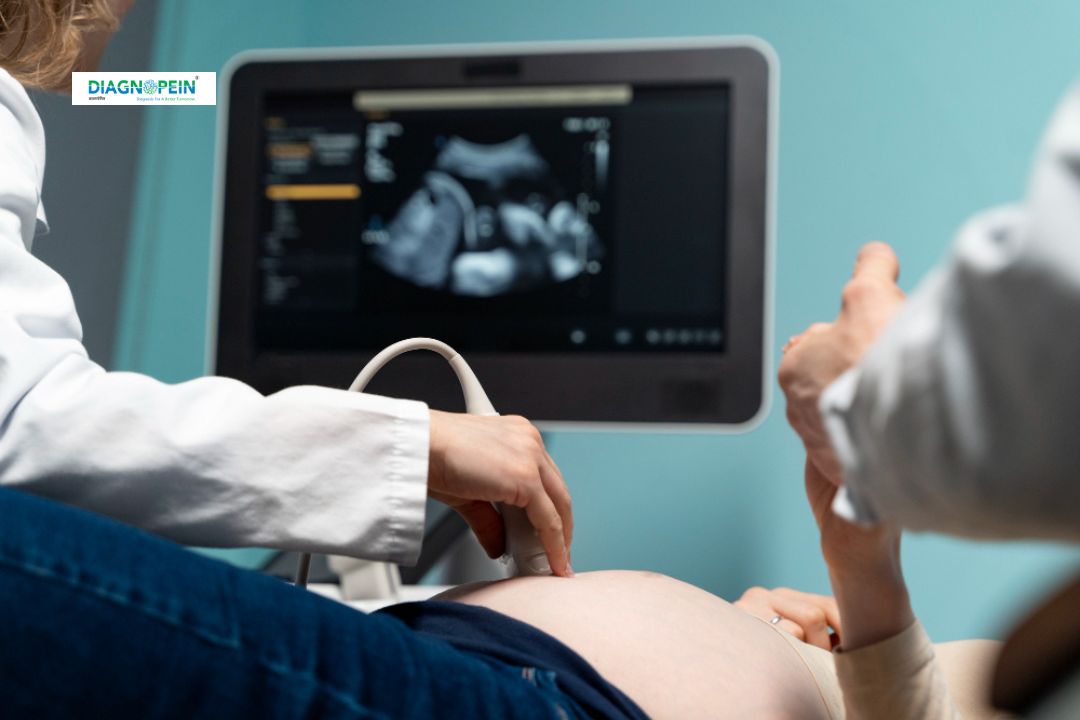Why USG KUB is Done
Your doctor may recommend a USG KUB scan if you experience symptoms such as:
-
Lower abdominal pain or flank pain
-
Blood in urine (hematuria)
-
Frequent urination or burning sensation
-
Suspected kidney stones
-
Swelling in the lower abdomen
-
Monitoring urinary infections or post-surgical follow-ups
This ultrasound plays a vital role in diagnosing urological conditions early and prevents complications by identifying structural deformities or blockages in the urinary tract.
How USG KUB Test is Done
The USG KUB procedure is simple, painless, and usually takes 15–20 minutes. You may be asked to drink water before the test to ensure the bladder is full for better imaging.
Step-by-step procedure:
-
The patient lies on the examination table.
-
A water-based gel is applied over the abdomen.
-
A transducer (ultrasound probe) is moved gently over the area to capture images.
-
The radiologist examines the kidneys, ureters, and bladder in real time.
-
The images are then analyzed for abnormalities such as stones, fluid retention, or enlargement.
After the test, you can resume normal activities immediately. Reports are usually available within a few hours.
Parameters and Interpretation
A USG KUB report includes measurements and observations of:
-
Kidney size and shape
-
Cortical thickness and echogenicity
-
Presence of calculi (stones) or cysts
-
Hydronephrosis (swelling of kidney due to urine buildup)
-
Ureter visualization for dilation or obstruction
-
Bladder wall thickness and residual urine volume
Abnormal findings may indicate kidney stones, infections, tumors, or structural anomalies that require further evaluation.
Benefits of USG KUB
-
Completely non-invasive and painless
-
No radiation exposure, safe for all ages including pregnant women
-
Quick results with high accuracy
-
Helps in early detection of kidney or bladder diseases
-
Cost-effective compared to CT or MRI scans
-
Useful for follow-up monitoring after urinary surgeries
Regular screening with USG KUB helps maintain kidney health and prevents severe renal complications.
When to Visit a Diagnostic Center
It is advised to visit a diagnostic imaging center if you experience consistent flank pain, urinary difficulties, or any abnormal symptoms related to the urinary system.
Choose a center equipped with advanced ultrasound machines and qualified radiologists for accurate diagnosis.








